Normal Reading worksheets activities for Ages 5-8
14 filtered results
-
From - To
Explore our engaging "Normal Reading Worksheets" designed specifically for children aged 5 to 8! These interactive activities enhance reading skills through fun and age-appropriate exercises. Our worksheets focus on vital aspects of reading, including comprehension, vocabulary building, and phonics. Each carefully crafted activity supports young learners in developing a strong foundation in literacy while encouraging a love for reading. Ideal for home or classroom use, these resources help teachers and parents assess progress and reinforce learning. Download our worksheets today to make reading an enjoyable adventure for your child! Unlock the joy of reading with our delightful activities!


Finding the Details and Connections: Assessment 2 Worksheet
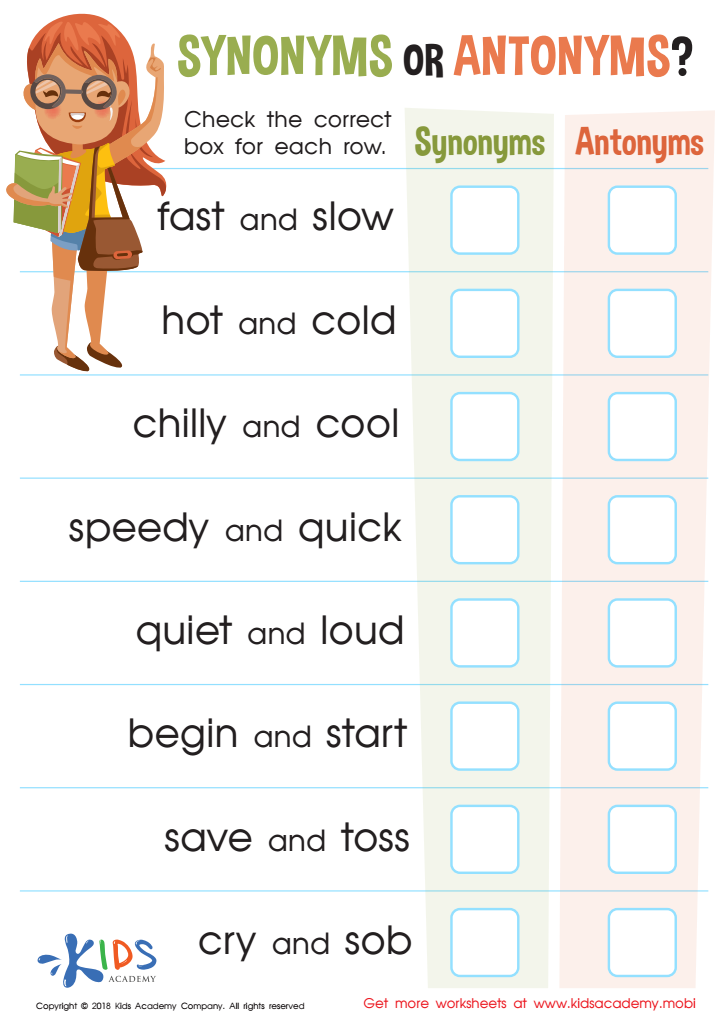

Synonyms or Antonyms: Assessment Worksheet
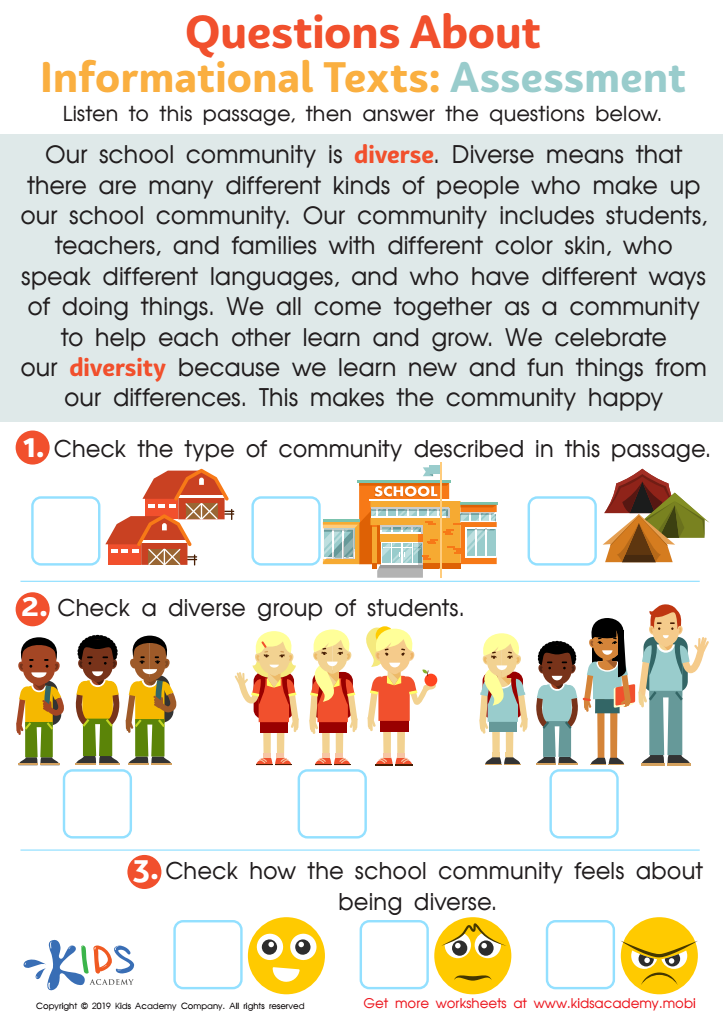

Questions About Informational Texts: Assessment 1 Worksheet
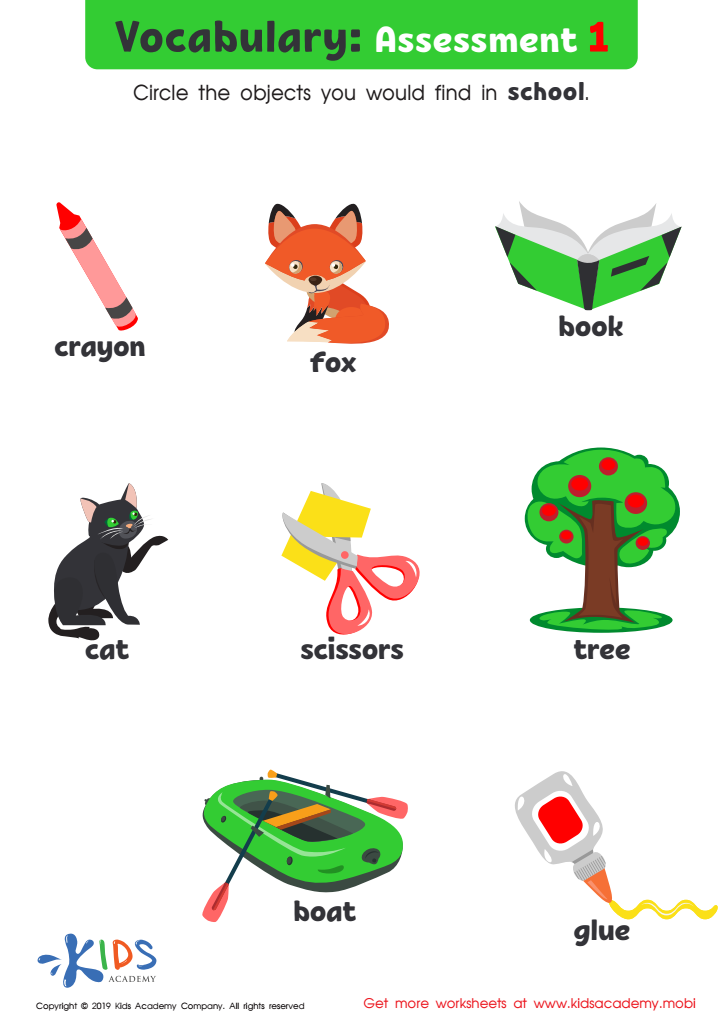

Vocabulary: Assessment 1 Worksheet
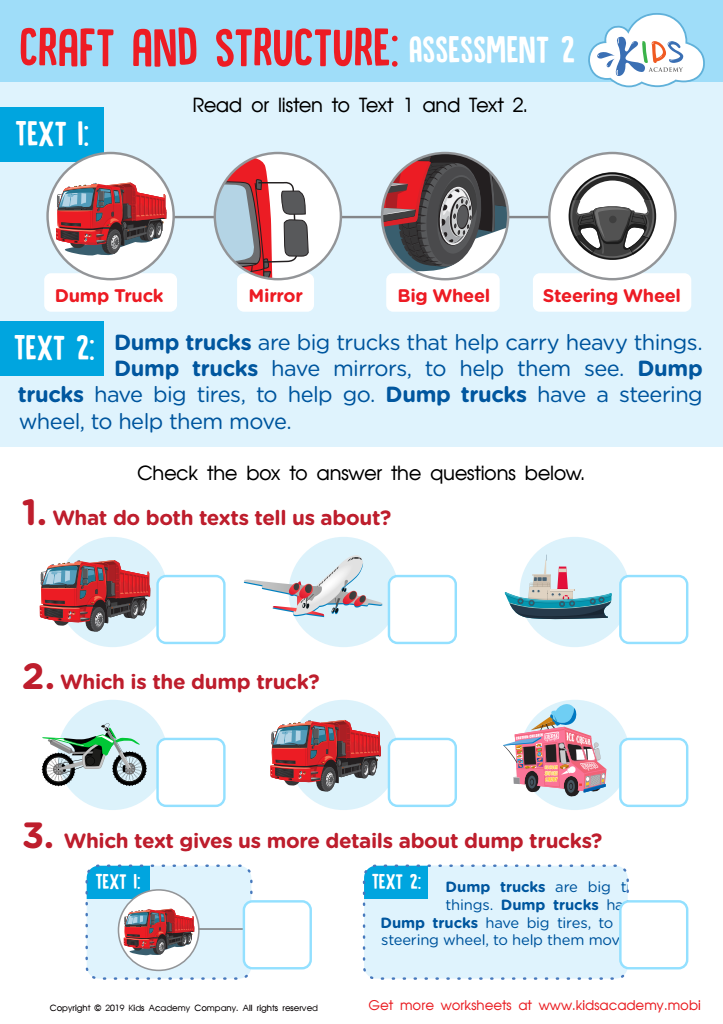

Craft and Structure: Assessment 2 Worksheet
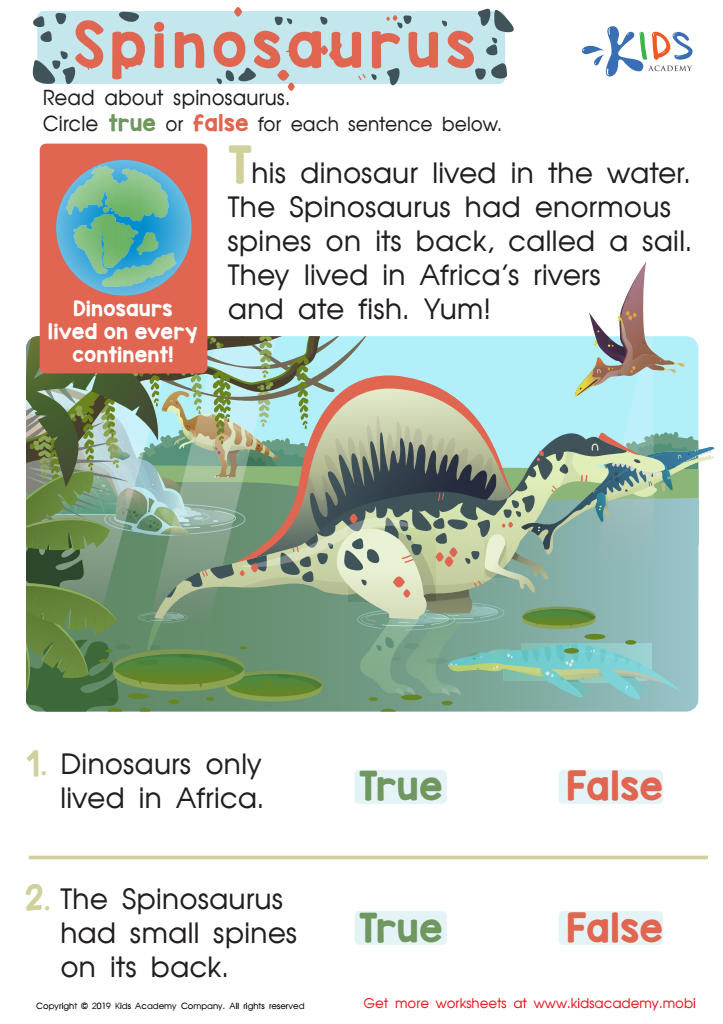

Spinosaurus Assessment Worksheet
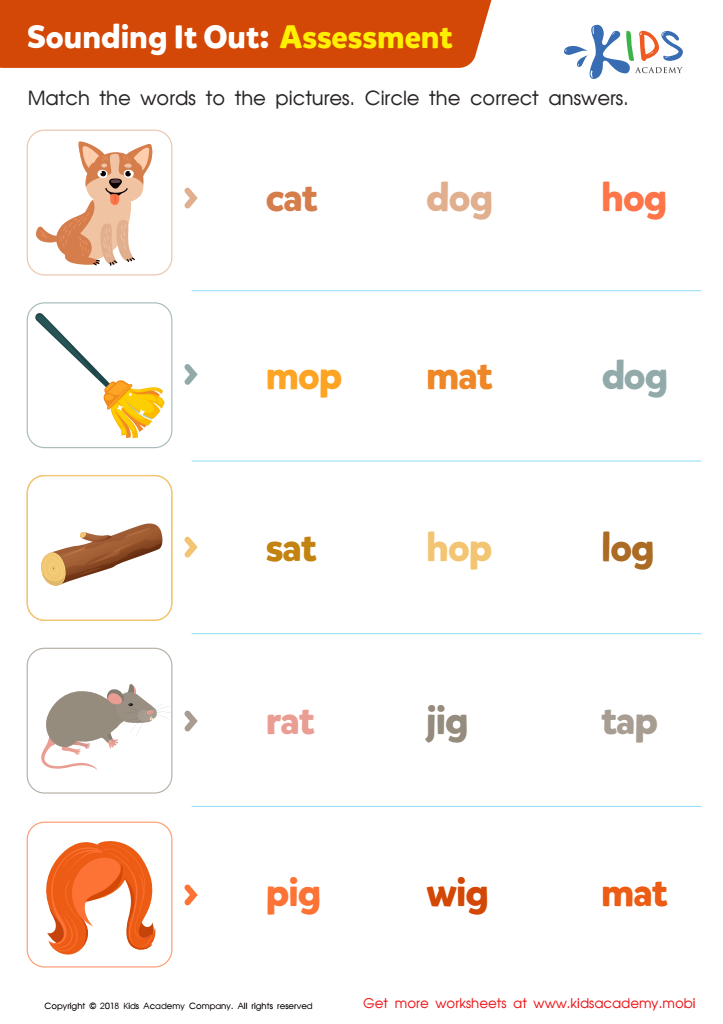

Sounding it Out: Assessment Worksheet
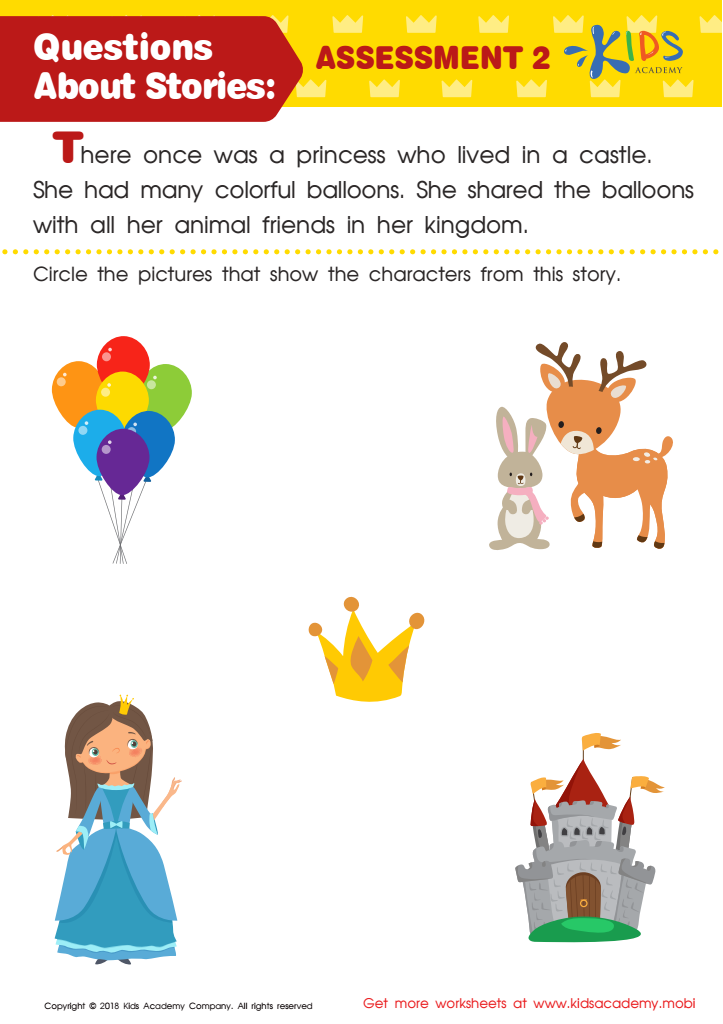

Questions About Stories: Assessment 2 Worksheet
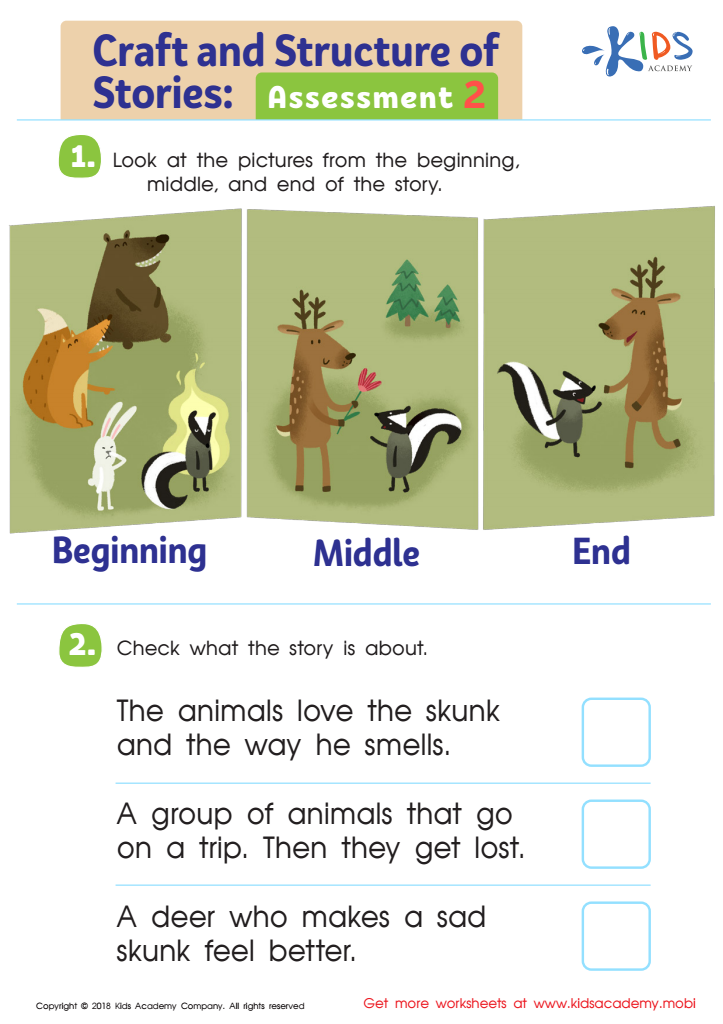

Craft and Structure of Stories: Assessment 2 Worksheet
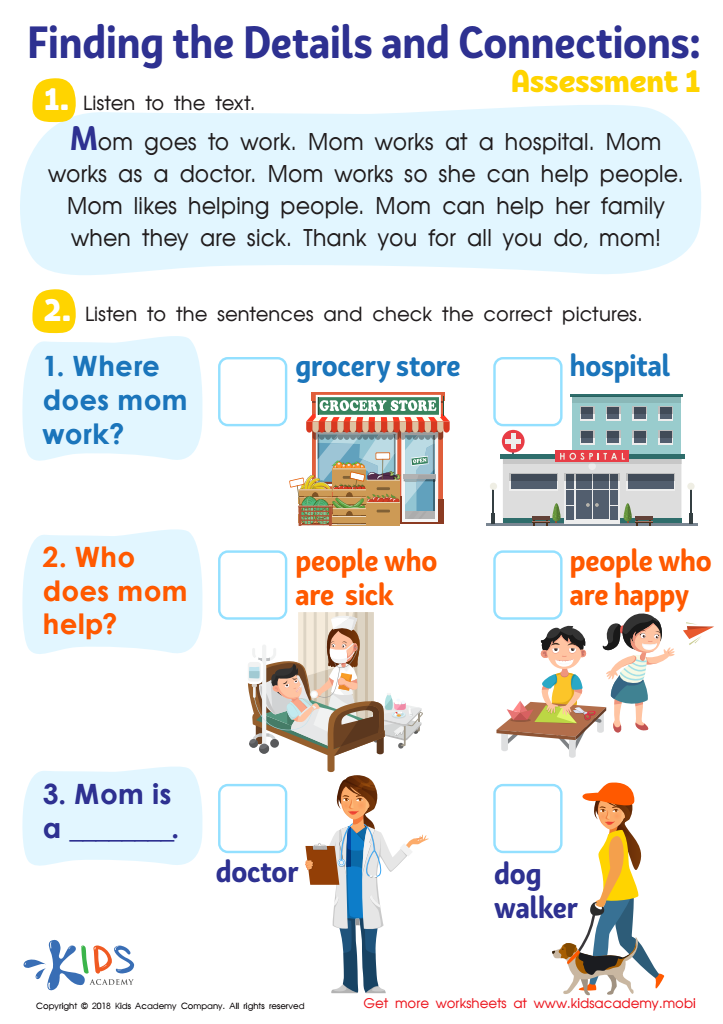

Finding the Details and Connections: Assessment 1 Worksheet


Craft and Structure of Informational Texts: Assessment 1 Worksheet
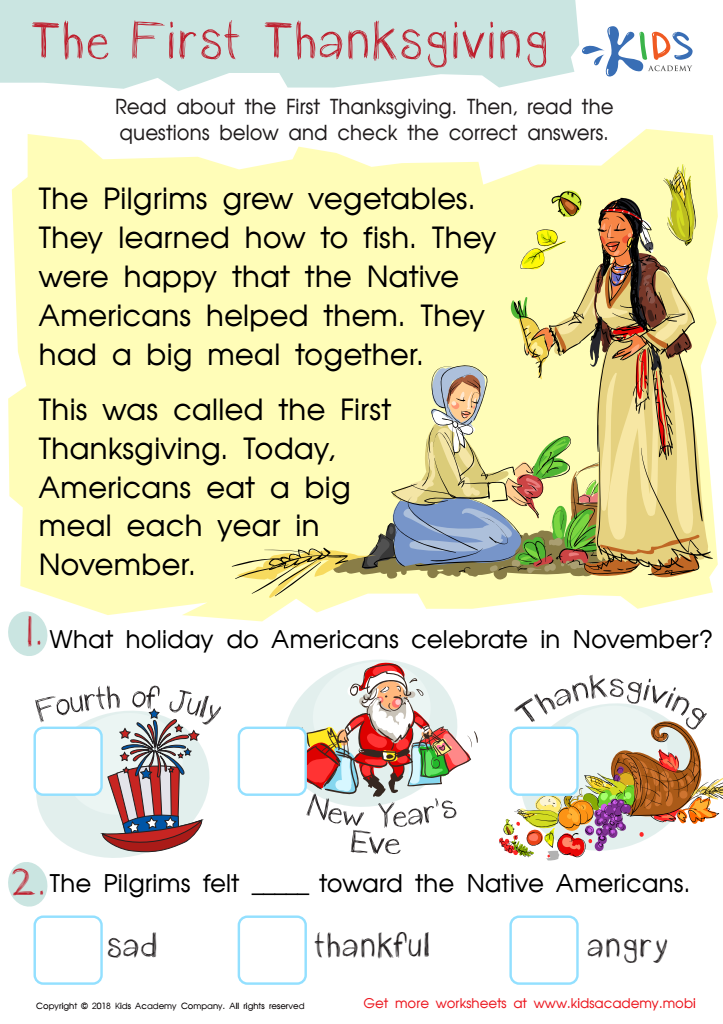

Assessment: First Thanksgiving Worksheet
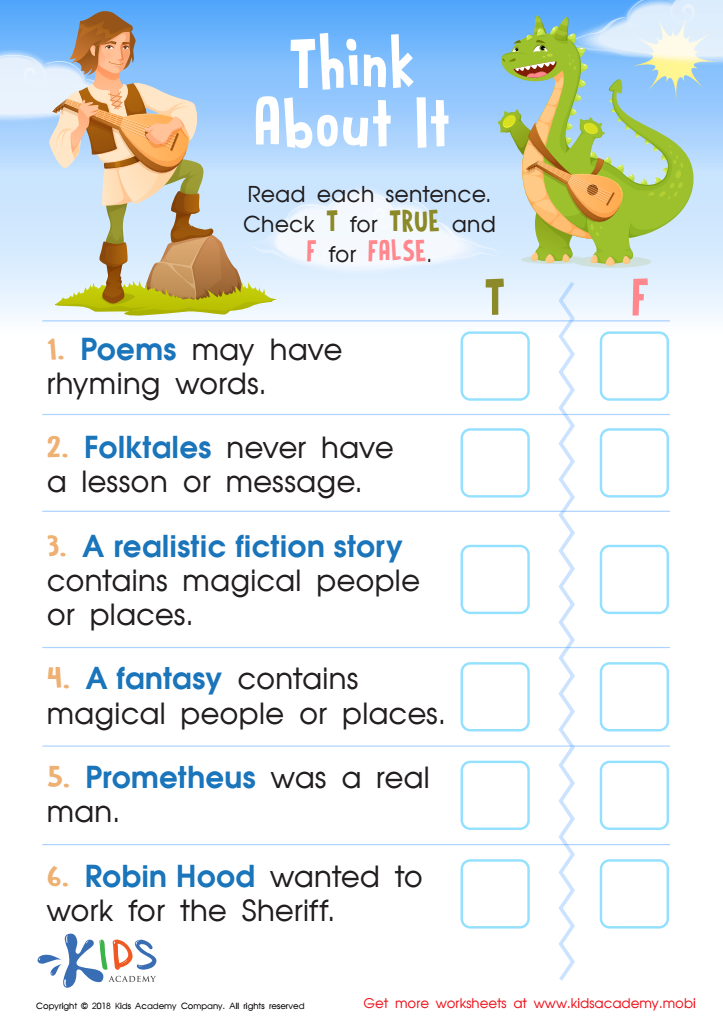

Think About It: Assessment Worksheet
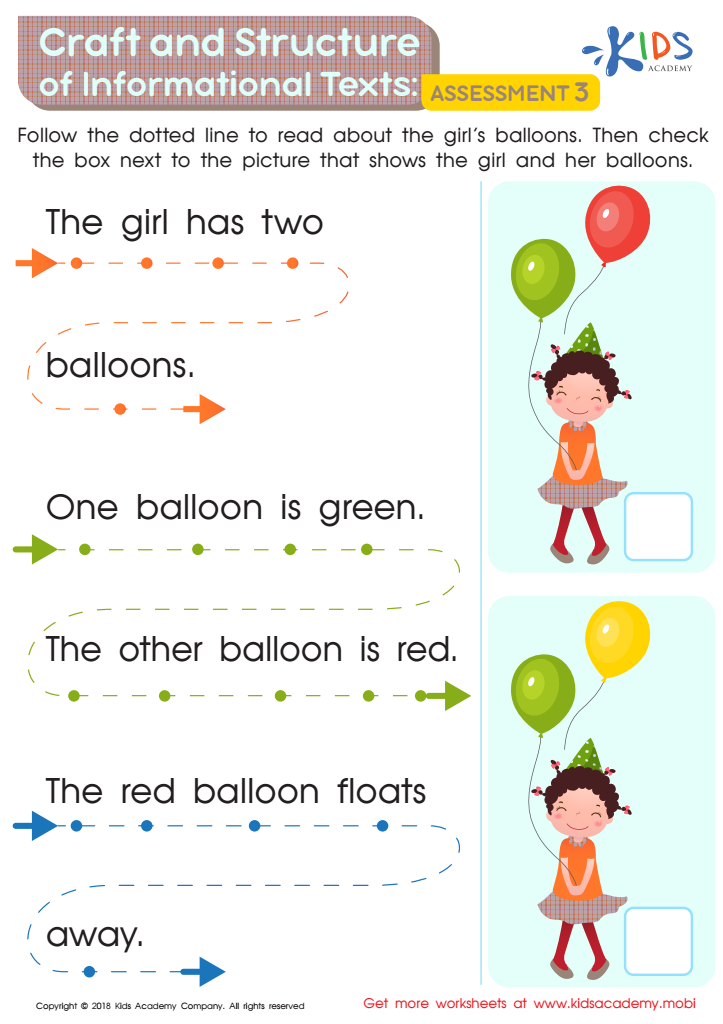

Craft and Structure of Informational Texts: Assessment 3 Worksheet
Normal reading activities for ages 5-8 are crucial in nurturing a child's cognitive and emotional development. During these formative years, children are building foundational literacy skills—decoding words, understanding phonics, and grasping sentence structure. Engaging in regular reading activities helps children develop vocabulary, enhances comprehension abilities, and sparks a love for literature that can foster lifelong learning.
Parents and teachers play a vital role in this stage. Their involvement encourages a positive reading environment, where children feel supported and motivated to explore different genres. This not only improves literacy but also boosts critical thinking, as children learn to ask questions, make connections, and reflect on what they read.
Moreover, reading activities can enhance emotional intelligence by helping children empathize with characters and understand diverse perspectives. Interactive reading sessions also strengthen the parent-child or teacher-student bond, promoting open communication and a sense of security that bolsters confidence.
In a technology-driven society, maintaining engagement in traditional reading activities can balance screen time with enriching content, setting a foundation for academic success. By prioritizing these activities, parents and teachers actively shape confident, well-versed individuals who can navigate the complexities of language and literature, ultimately benefiting their overall development.
 Assign to My Students
Assign to My Students




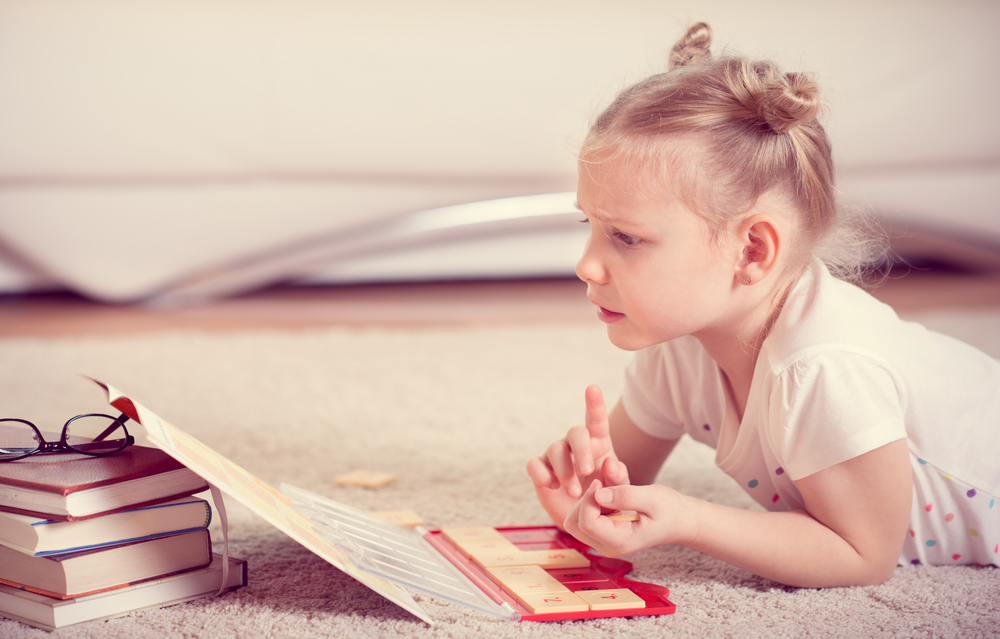
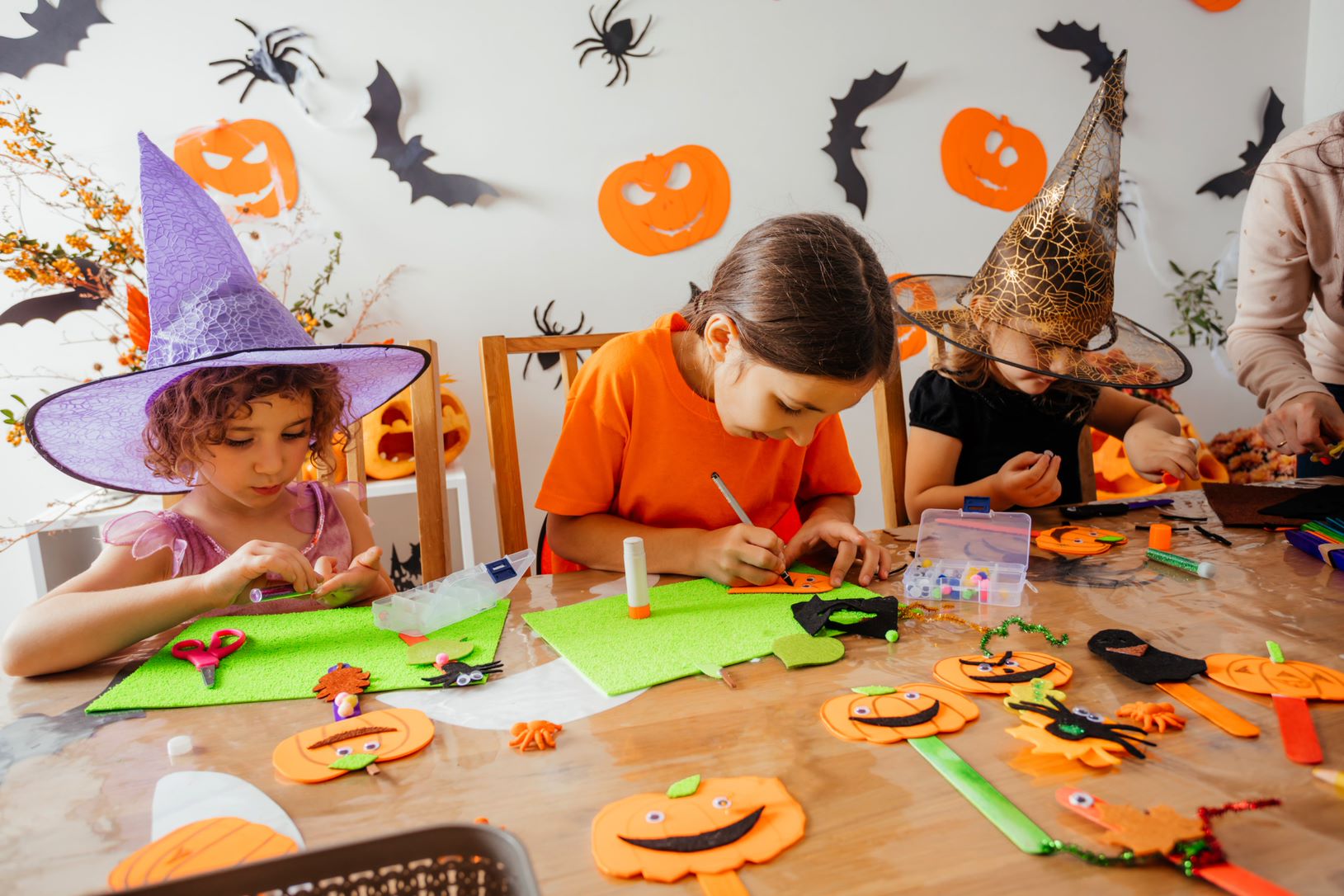
.jpg)








